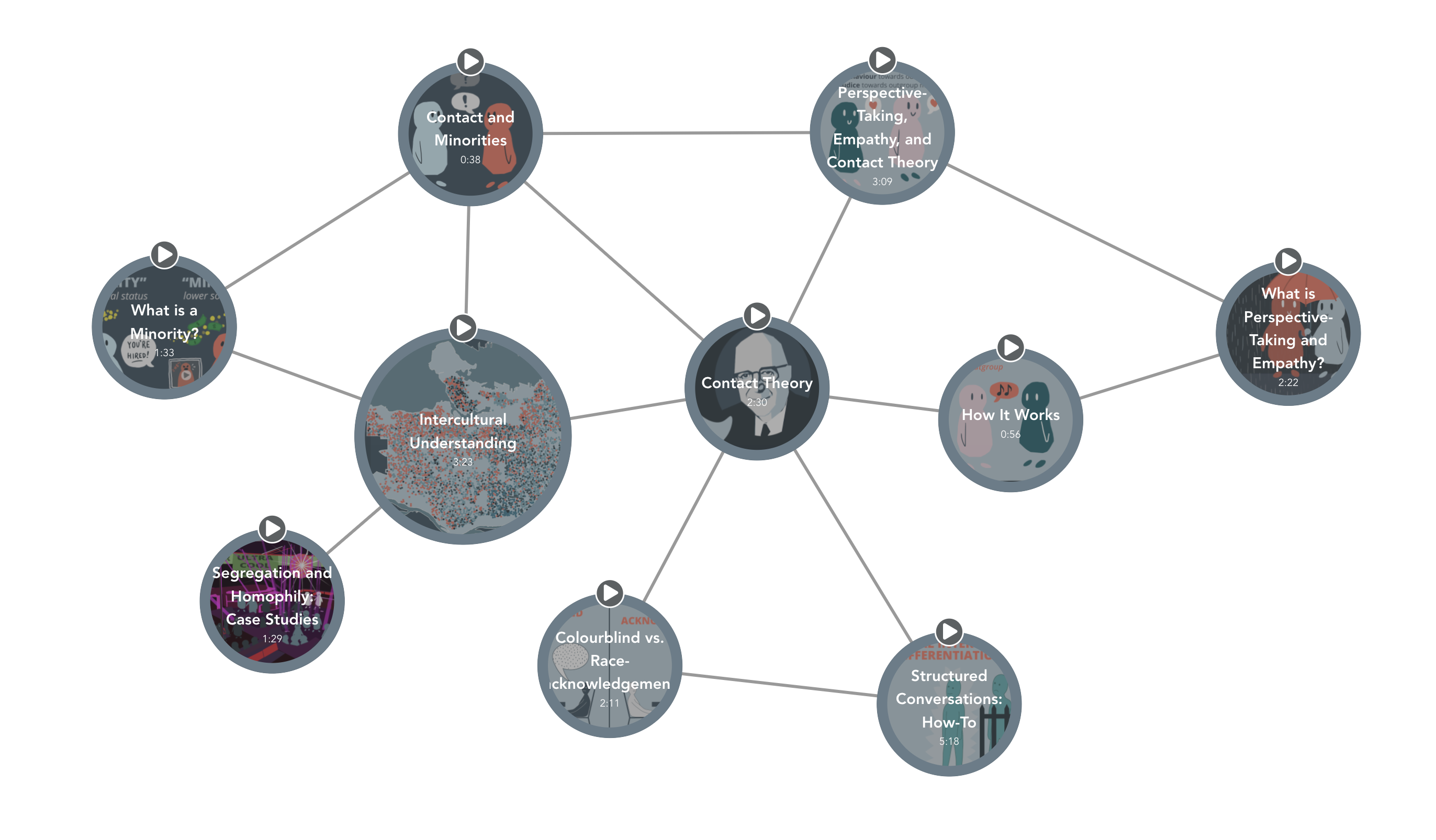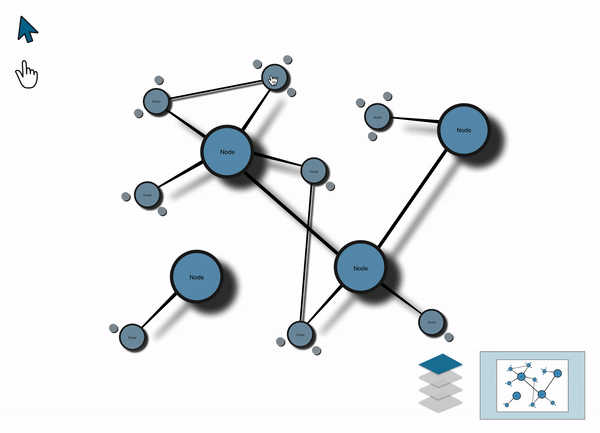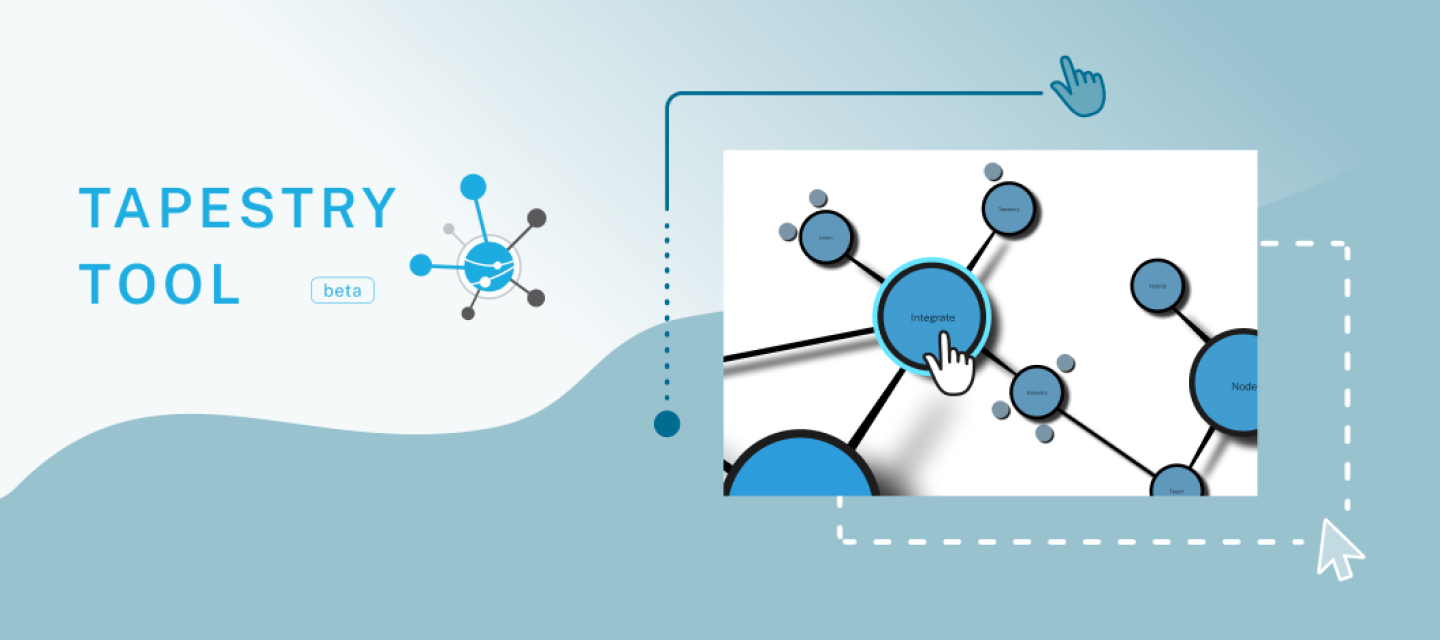Once the shock of the sudden COVID-19-induced switch to remote environments for learning, teaching and work began to subside, what became apparent to many was something UBC researcher Dr. Steven Barnes had already begun to address pre-pandemic.
Remote teaching platforms frequently delivered an unfulfilling experience with an inflexible linear model of learning that fell short of accommodating the full range of student needs. Rather than reconnecting us and reinvigorating the learning process, the experiences were often frustrating for teachers and students alike, exacerbating feelings of isolation and lacking a rich, dynamic and inclusive learning environment.
In this Q&A with Dr. Barnes, an Associate Professor of Teaching in UBC’s Department of Psychology and Director of UBC’s new Undergraduate Program in Neuroscience, we explore innovative approaches to non-linear teaching methods in a hybrid environment. We explore the different elements of accessibility and how the open-source online learning platform he created, Tapestry Tool, provides an enhanced collaborative experience—one that aims to create equitable access to educational opportunities, as well as learning how it has been used to deliver patient-oriented research and to support young people with disabilities to find meaningful employment.
What inspired you to explore hybrid learning advancements and how has this field been affected by COVID-19?
The development of Tapestry Tool began pre-pandemic, with a major focus on exploring what we could enable in an online learning tool that wasn’t already present in traditional online platforms. Online learning could often be a really empty experience for many learners, as it consisted solely of perusing instructor-curated content. We wanted to develop a platform through which both teachers and learners could collaboratively create and contribute content in a dynamic way, incorporating their own perspectives and knowledge into the tapestry.
Although the term hybrid learning existed prior to the pandemic, its emergence in common use is a result of the major flux in virtual teaching and learning environments due to isolation mandates. This placed a spotlight on the deficiencies of traditional methods of conveying knowledge online and increased the necessity for innovative tools—such as Tapestry Tool—to both incorporate different learning styles and provide a consistent quality of experience in person and online.
I saw two major needs, and they can be at odds with each other. I think the first major need is for researchers to explore new methods of conveying knowledge that step outside the confines of traditional print text (where one reads content in a linear fashion, from top to bottom of a page), and leverage all the affordances of online technologies. For example, we know that humans have excellent spatial memory skills; so, why not see if we can better leverage that to improve the delivery of online and hybrid learning materials?
The second major need I saw was for new technologies to be welcoming to diverse individuals in an equitable and accessible fashion. We should not be adopting new technologies in learning environments without careful consideration of how different people access those environments. While online learning increases accessibility to education for individuals who face barriers due to mobility issues, or people living in remote communities, we must also account for the fact that these technologies can bring other barriers to access. People may have slow or no internet connectivity, limited access to technology, or other barriers that might prevent them from engaging meaningfully with the content.
It is great to have new and innovative technologies, but not if they restrict access. We see Tapestry Tool as an exploration of these needs.
Is there a reason the tool is called Tapestry Tool?
We wanted that the name to convey a similar idea to the product it creates. Inspired by story quilts—an art form produced in many cultures around the world in which individuals or groups create materials-based quilts that utilize images, sound, scents and textures to tell a story—we wanted our “quilt” to contain multiple pieces of interconnected online media types that can be generated by an individual or group, and that collectively tell a story or convey a piece of knowledge. So, we landed on calling the tool’s product a tapestry, hence the name Tapestry Tool.
How is Tapestry Tool being used?
The most engaging way I have used the tool in my teaching has been for group projects, where students collectively create a tapestry that represents a higher-order concept by contributing individual media pieces. This sort of activity goes beyond memorization and rote learning and taps into the social functionality of the tool, which we believe is one of its most fundamental benefits, and are consequently expanding on as we continue development. Additionally, the tool allows users to easily share an entire tapestry, enabling students and teachers to build, expand and repurpose the already multimodal collaborative content in new learning environments.

An example of another typical use can be seen in the course “Geography, Environment and Globalization” (GEOG 121), taught by Dr. Siobhán McPhee, Associate Dean, Innovation, Faculty of Arts, where it was used to expose students to interactive content in a flexible way—they could work through the content in their own time and at their own pace prior to the larger group lecture. “The use of the Tapestry Tool platform allowed for more storytelling and real-time examples for students to engage with as they work through the concepts.” said Dr. McPhee.
Other potential applications are in systems where there is a need to gather input from a community to guide the direction of a program of activities. Across the university and beyond, interest in the tool has arisen from research groups using it as a means of knowledge translation. With a number of spin-off projects emerging as a result, the tool has proven particularly beneficial in health research, where patient groups are key stakeholders and can provide invaluable input to the knowledge base and research direction. The tool provides a mechanism for their contributions to inform the process and improve positive impacts.
Using Tapestry tool, the BC SUPPORT Unit Patient Engagement Methods cluster designed a suite of educational modules for health researchers. The modules aim to support meaningful engagement with diverse folks in health research and include a primer, as well as specific strategies for engaging with rural and remote, LGBTQ2S+, d/Deaf, disabled, and immigrant, racialized, refugee and ethnocultural communities.
The tool is also being used for the Transitioning Youth with Disabilities and Employment (TYDE) project—an educational program that empowers young people with disabilities to find meaningful employment. This project uses a highly-customized interface that illustrates the tool’s flexibility, including a tailor-made design for the tapestry’s visual presentation (incorporating more than 1000 nodes), which is something we sought to enable from the outset of development.
How do you hope to see Tapestry Tool, and tools like it, transforming the future of learning?
Online and hybrid learning technologies can be expected to continue developing at a rapid pace. It will be important for organizations to ensure that their new (or newly adopted) learning technologies are as accessible as possible in order to promote equitable access to, and high qualities of, education.
The design of hybrid learning environments must think beyond being simply a method of supporting instruction during a pandemic, or a tool for traditional primary, secondary and postsecondary environments. Their design should consider learning environments of all types, such as individuals seeking professional development, patient groups and their supports who are seeking education about their condition and associated interventions, or elderly individuals who use learning environments for not just education, but also as a way to develop crucial social connections and a sense of community.
We are currently expanding Tapestry Tool’s functionality in partnership with Microsoft’s Accessibility Team, to support what we see as an ideal form of hybrid learning—one that emphasizes social connectivity, community building and collaboration. We are creating a zoomable interface to improve user navigation of very large tapestries [see video below]. We are also enabling fully-synchronous collaboration so that people can see others’ live-editing or adding content to a tapestry, as well as node-based video conferencing so that they can chat with collaborators as they work. We will add this functionality, while ensuring that the highest accessibility standards are met (i.e. Web Content Accessibility Guidelines). Taken together, these updates to Tapestry Tool will benefit learners and educators of all types by improving the usability, accessibility, and applications of the Tool. All of this while ensuring Tapestry Tool remains open source and free-to-use.

Hybrid learning in its ideal form should incorporate flexibility in how learning occurs, with the larger goal of increasing equitable access to learning environments despite any obstacles faced by a learner. I am hopeful that our upcoming work on the new version of Tapestry Tool will serve as a model of how to ensure accessibility of novel hybrid learning environments.
